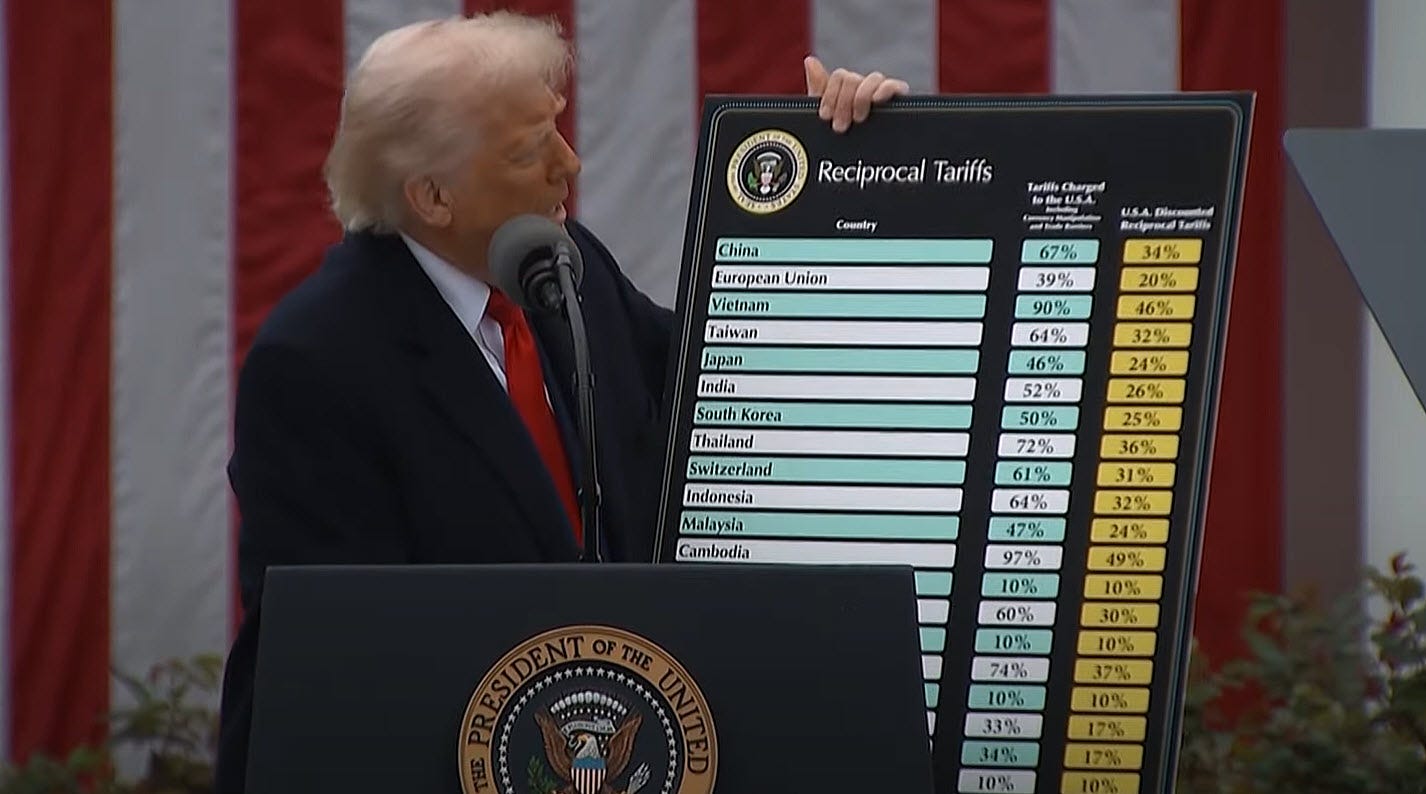Trump’s War Against Corrupt Elite Represents Much-Needed Return To American Exceptionalism
Markets must always serve the interests of the nation and its people — not the other way around
Last week, President Trump announced a baseline 10% tariff on all U.S. imports while imposing steeper reciprocal levies on goods from other nations, including traditional geopolitical allies in Europe and Japan.
However, tariffs are just one of many contentious topics related to Trump’s efforts to move the United States away from an economically liberal…



